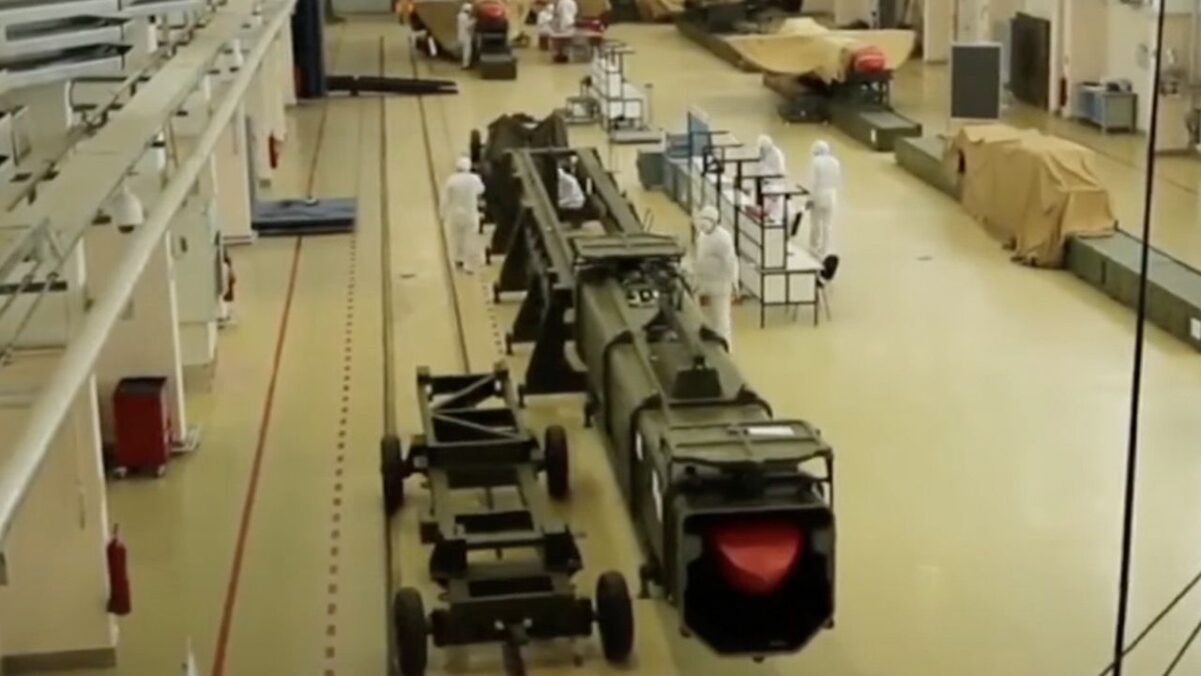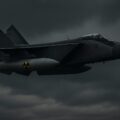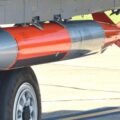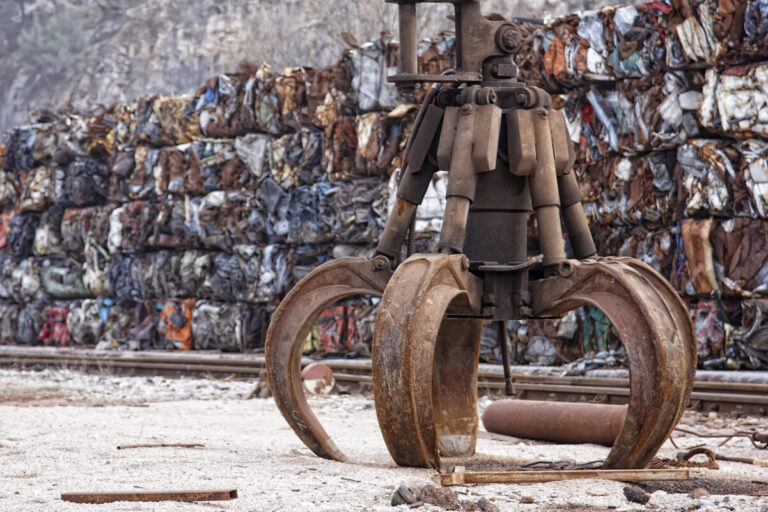
Skyfall Rising: Russia prepares test of nuclear-powered Burevestnik missile
Satellite imagery and expert assessments suggest Russia is preparing to test its controversial nuclear-powered cruise missile, known as Burevestnik (SSC-X-9 Skyfall), on the Arctic archipelago of Novaya Zemlya. The test may coincide with an upcoming summit between Russian President Vladimir Putin and U.S. President Donald Trump in Alaska. Despite bold proclamations of its invincibility, this missile remains one of the most technically and environmentally questionable projects in Russia’s arsenal.
Independent analyses by Jeffrey Lewis of the Middlebury Institute of International Studies in California and Decker Eveleth of CNA, a Virginia-based research organization, confirm increased military activity at the Pankovo testing ground on Novaya Zemlya in the Barents Sea.
“Preparation is in full swing,” noted Lewis, pointing to the arrival of containers, equipment, and personnel since late July. He also highlighted the movement of a protective shelter for the launcher, consistent with previous test preparations.
A Western security source corroborated these findings. According to Norwegian military officials, the Barents Sea remains “the main area for Russian missile tests,” and recent maritime warnings and military dispatches suggest imminent test operations.
Burevestnik breakthrough or bluff?
Burevestnik (NATO designation: SSC-X-9 Skyfall) is a nuclear-powered cruise missile first unveiled by President Putin in March 2018. He touted it as an unstoppable weapon with “practically unlimited range” and “unpredictable flight path,” able to bypass any current or future missile defense systems.
According to Putin, the missile is “invincible to all existing anti-missile systems.”
However, many analysts question the feasibility of such claims. The facts are sobering:
- Out of 13 known test attempts, only two were partially successful.
- The missile’s flight path could emit radiation, raising global safety concerns.
- Its onboard reactor poses a significant environmental risk during flight or in the event of a crash.
Thomas Countryman, former U.S. State Department official, warned:
“Skyfall is a uniquely reckless weapon system a flying Chernobyl posing greater danger to Russia than to others.“
Success rate and systemic hazards
In 2020, the U.S. Air Force’s National Air and Space Intelligence Center warned that, if deployed, Burevestnik would give Russia “a unique weapon with intercontinental range.” Yet serious concerns remain:
- A 2019 explosion occurred during a failed recovery of a nuclear reactor from the seabed in the White Sea.
- Five Rosatom engineers died in that accident.
- President Putin awarded their widows Russia’s highest state honors, reiterating that the weapon was “unmatched in the world.”
Cheryl Rofer, a former U.S. nuclear scientist, noted:
“The nuclear engine of Burevestnik poses a real threat of radiation release along its flight path. A crash could contaminate the surrounding region.“
Post List
Geopolitical signaling ahead of the Alaska summit
The likely timing of the test, days before the Putin-Trump summit in Alaska, adds a clear strategic dimension. It appears intended to remind Washington of Russia’s ongoing nuclear capabilities.
According to Lewis, the test could take place as early as this week. Satellite imagery shows:
- Two large aircraft parked at Rogachevo Airbase since mid-July, likely equipped with radar domes and telemetry equipment.
- At least five naval vessels associated with past test activities.
- A crane, containers, and a helicopter at the launch site, clearly visible on August 7 satellite imagery.
What does this mean?
- Technically, the missile remains unproven. Its success rate is poor, and its nuclear propulsion is dangerous.
- Politically, Russia is sending a deliberate message it is not backing down from nuclear innovation, however flawed.
- Strategically, this is a reminder that the global balance of deterrence is shifting into unpredictable territory.
Recommendations
- Closely monitor NOTAM alerts and maritime advisories around Novaya Zemlya and the Barents Sea for signs of test activity.
- Expand environmental surveillance in Arctic waters both by Norwegian authorities and international observers.
- Request a formal statement from the International Atomic Energy Agency (IAEA) on the test and its environmental implications.
Even if the missile never leaves the ground, the very act of preparing a test is a geopolitical statement. It signals a return to Cold War-style brinkmanship, backed by technology that may be more hazardous than helpful. Russia’s determination to continue testing Burevestnik despite its risks should concern not only defense analysts, but also ecologists, arms control experts, and global leaders alike.















